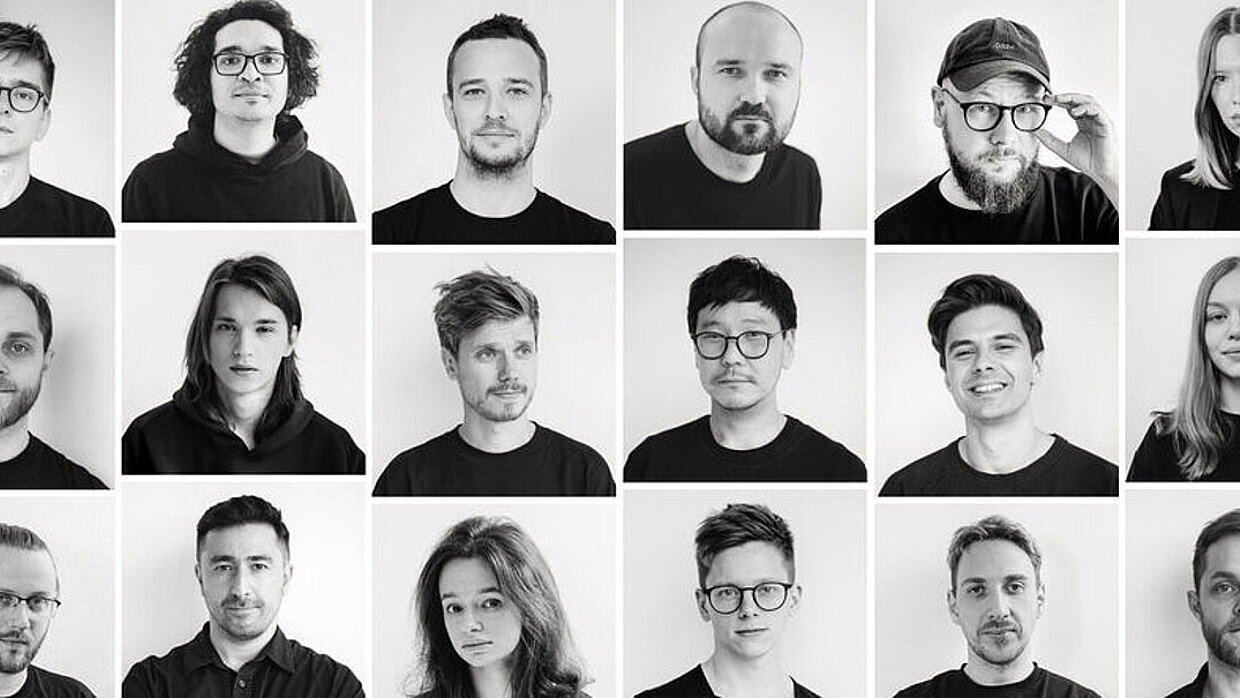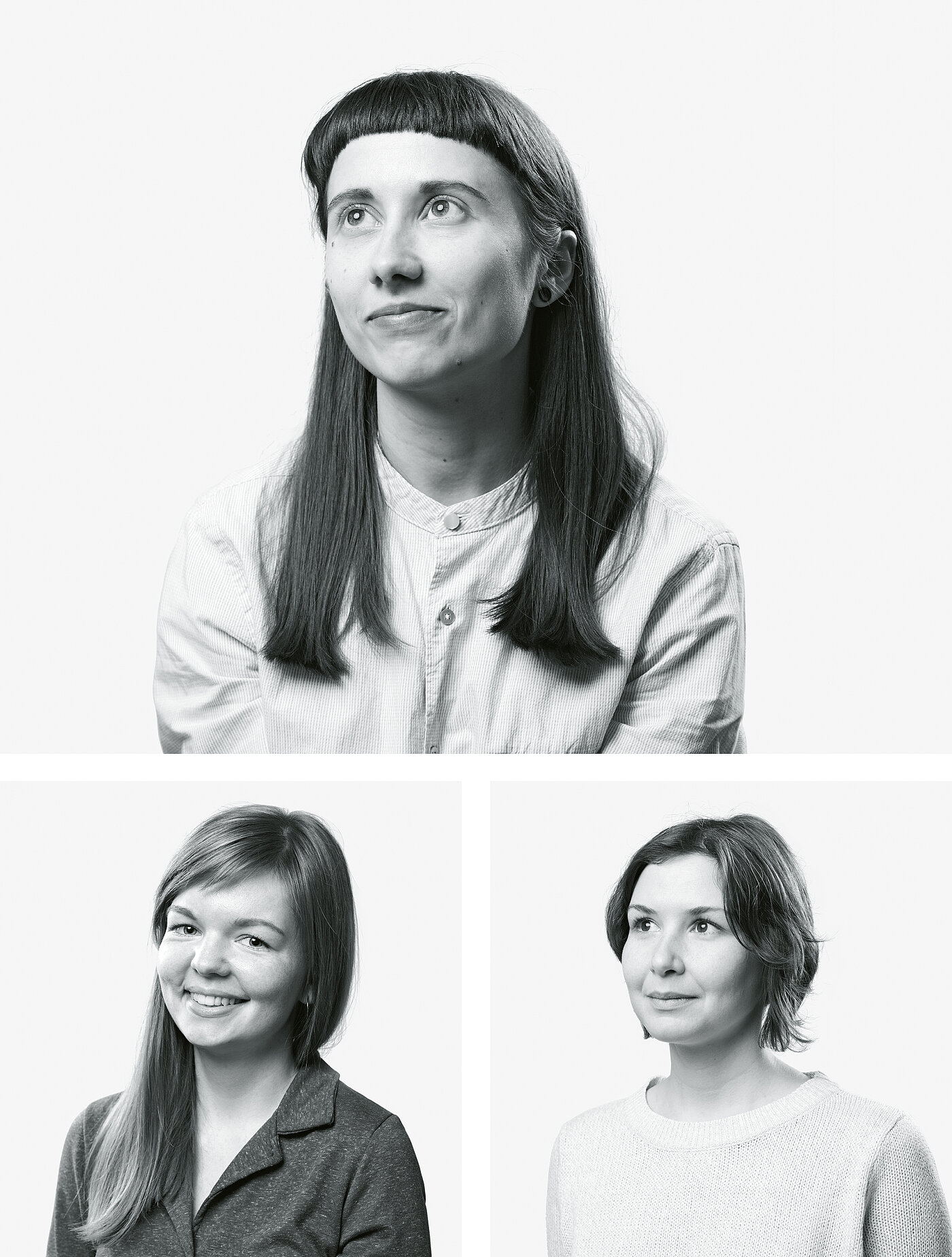
TT Espina by TypeType, a font foundry based in the United States and Kazakhstan, is an unusually expressive serif font with pronounced contrasts, suitable for a wide range of applications. This versatile font encourages experimentation. It has six further styles, each with over 1,000 glyphs, and can be used in over 230 languages.
Interview with TypeType
Red Dot: You found your inspiration for TT Espina in Florence.
TypeTypet: When we were thinking about a new project, we came up with an idea to build it around a historical reference. The main source of inspiration for TT Espina was a floor plaque dating back to the year 1423, located in the Basilica di Santa Croce in Florence. We had an old photo of the plaque, but the quality was quite low, which made some of the letters look strange. When we printed out the photo, the contours lost even more clarity. The rounded shapes had a diamond-like quality – an effect that I decided to use and amplify. There was also a significant loss of thickness in some areas, and the serifs disappeared, but this had a positive effect on the font because it exaggerated the contrast. It also gave us plenty of scope to experiment with letter forms.
How does the stark contrast between the horizontals and verticals impact the overall design of the font?
First and foremost, I wanted to emphasise the beautiful and graceful skeleton of the reference characters. By increasing contrast, we were able to enhance the expressiveness of the elements and give the font a more spiky and vibrant personality. Also, thickening the verticals adds rhythm to the typeface, while the thin elements help to maintain balance between the black and white spaces, yet without making the font too heavy. I think the high contrast makes characters look dynamic, modern and serious, and the sharp serifs add a touch of playfulness.
What was the biggest design challenge?
Creating the diamond-like shapes of rounded characters. We had to make sure to retain this diamond-like aspect in the elements of the font that are normally rounded, which was especially difficult when we were creating the thinnest version. The best part was experimenting with letter forms, but I also had to be careful not to overdo it. I wanted to create an elegant foundation for something modern, while maximising the beauty of the contours, and I believe that’s been achieved.


